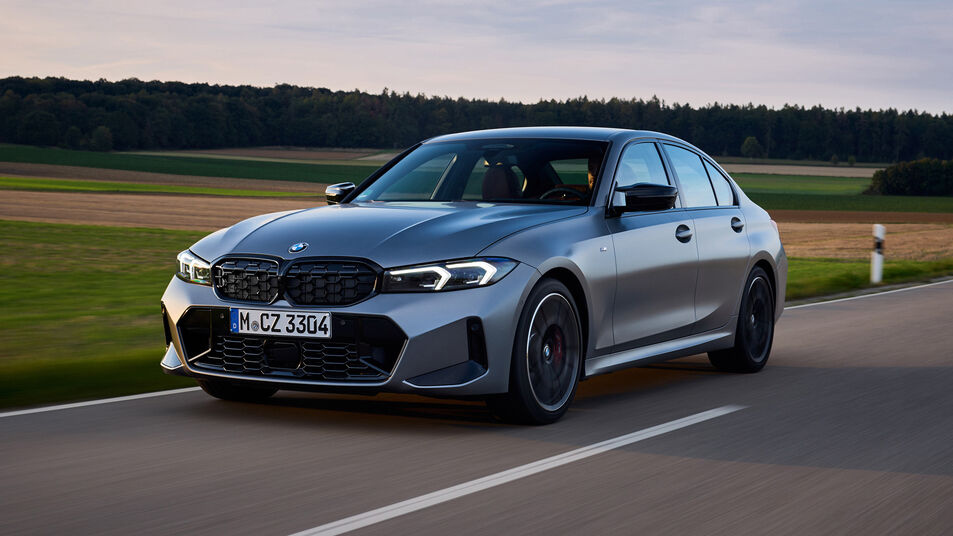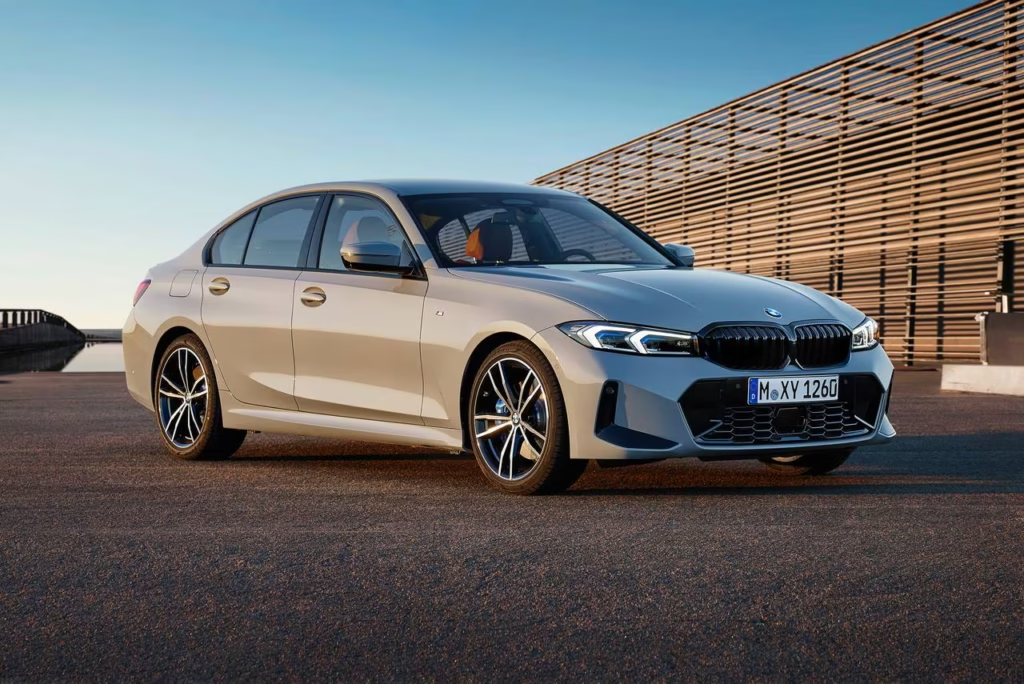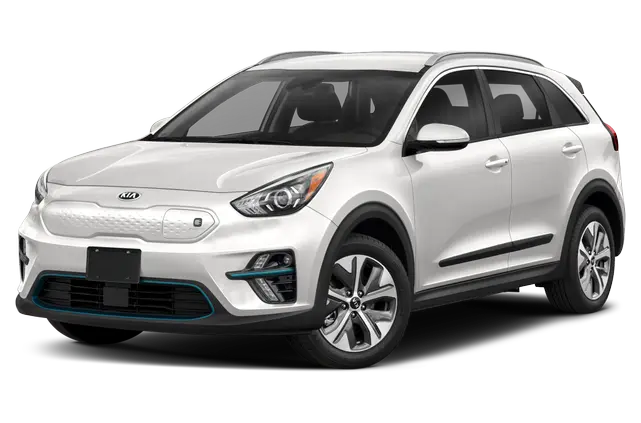Overview of the BMW 3 Series
The BMW 3 Series isn’t just a car—it’s a legacy. Kicking off with the E21 back in 1975, this luxury compact has evolved through generations, landing at the sleek G20 today. Each version, from the iconic E30 to the tech-packed 7th-generation 3 Series, has cemented its status as a benchmark luxury sports sedan. Car enthusiasts can’t get enough of its Rear-Wheel Drive precision, BMW’s famed inline 6-cylinder engines, and that sporty vibe that makes it a joy to drive, whether as a daily driver or a weekend thrill ride. Honestly, there’s something timeless about its design—those sleek lines and aggressive stance just scream sophistication.
Importance of Resale Value
Why should you care about resale value? Well, if you’re dropping serious cash on a luxury ride like the BMW 3 Series, it’s not just about the sticker price—it’s about the total cost of ownership. Luxury cars can lose value fast, especially in those early years. But a strong resale value? That’s your safety net. It’s the difference between recouping a decent chunk of change or watching your investment vanish when you trade in your pre-owned BMW 3 Series. For Series buyers, it’s a practical way to offset government fees, registration fees, and even maintenance costs over time.
Purpose of the Blog
So, what’s this blog all about? We’re here to unpack the resale value of a used BMW 3 Series from every angle. Whether you’re eyeing one as your next ride or planning to sell yours, we’ll give you the insights to make smart moves. Expect real talk, hard data, and a few opinions from someone who’s a little obsessed with these cars (that’s me!).
Factors Influencing the Resale Value of a Used BMW 3 Series
What makes one 3 Series worth more than another? Let’s break it down.
Model Year
Newer is usually better when it comes to resale. A 2022 BMW 3 Series, with its advanced features like the 12.3-inch driver information screen, holds more value than a 2015 3 Series, which might feel dated despite its charm. Generational shifts—like the jump from F30 to G20—can shake things up too. A redesign often makes older models seem less cutting-edge, though classics like the 1995 3 Series (with a quirky -35.51% depreciation rate) can defy the odds and gain value over time.
Mileage
Mileage is a no-brainer. Lower actual mileage equals higher resale prices—simple as that. A 3 Series under 30,000 miles is gold to buyers, while one pushing over 100,000 miles might need a bargain-basement private price to move. Ever wonder why some used cars feel like steals? Mileage often tells the story.
Condition
Condition is everything. Dents, scratches, or a worn-out interior? That’s a resale killer. A pristine car with no major accidents on its Vehicle History screams “well-loved” and fetches a premium. Mechanical health matters too—buyers want a car that’s ready to roll, not a project.
Maintenance History
A complete Service History is your ticket to buyer trust. Regular maintenance—like oil changes and tire rotations—from authorized dealers like BMW Charlotte or Hendrick BMW Charlotte can boost your car’s value big time. Skip the notch service, and you’re leaving money on the table. Buyers will pay more for proof you’ve made reasonable efforts to keep it in top shape.
Trim Level and Options
Trim levels make a difference. A base 320i with its 201 HP Engine 4-Cyl, Turbo is solid, but a premium M340i with that breathtaking 523-hp inline 6-cylinder engine? That’s next-level resale potential. Add in factory options like heated seats, navigation, or the 2-spoke polygonal steering wheel, and you’ve got a car that stands out. Those array of premium features aren’t just nice-to-haves—they’re value boosters.
Modifications and Upgrades
Modifications are a gamble. A tasteful exhaust or rims might appeal to some, but many buyers prefer stock second-hand vehicles. Overdo it, and you could shrink your buyer pool. My take? If you’re modding, keep it subtle—think upgrades that enhance, not overhaul.
Market Demand
Where you sell matters. Urban areas or wealthier regions often have higher demand for a destination for luxury like the 3 Series, pushing up the fair market price. But let’s be real—sedans are battling the SUV craze. Still, the 3 Series holds its own, especially with Series buyers who prioritize gas mileage and handling over cargo space.
Depreciation Trends of the BMW 3 Series

Understanding Depreciation
Depreciation is the value a car loses over time, and luxury cars like the BMW 3 Series take a bigger hit upfront. Why? That shiny new-car price includes a premium that fades fast. But after that initial drop, things level off, making a used 3 Series a tempting deal.
BMW 3 Series Depreciation Data
Here’s the scoop: a BMW 3 Series typically sheds 30-40% of its value after 3 years and 50-60% after 5 years. Take a 2020 3 Series—it’s down just -8.39% from its original price, holding strong. Compare that to a 2015 3 Series at $12,198 (-1.07% change recently) or a 3 Series at $11,309 (-0.57%). The 3 Series Plug-In Hybrid 330e might even buck the trend thanks to its hybrid battery appeal. Data varies by trim, mileage, and care, but these numbers give you a solid baseline.
Case Studies
- 2019 BMW 330i after 3 years: Bought for $40,000, now around $24,000-$28,000 with 30,000 miles. Not bad!
- 2016 BMW 328i after 7 years: Originally $38,000, now about $15,000 with 70,000 miles. Mileage and age take their toll.
Proper maintenance can slow that depreciation across vehicles, keeping your sale price closer to the average price. Want to know more, visit our website…
How the BMW 3 Series Compares to Competitors
Resale Value vs. Other Luxury Sedans
How does the BMW 3 Series stack up? After 3 years, it retains 60-70% of its value, neck-and-neck with the Audi A4. The Mercedes-Benz C-Class lags at 55-65%, while the Lexus IS shines at 65-75% thanks to its reliability rep. The Infiniti Q50 trails at 50-60%. Over 5 years, the 3 Series holds 40-50%, making it a solid contender.
Market Positioning
The 3 Series flexes its -wheel drive prowess and brand prestige—those BMW’s famed inline 6-cylinder engines are pure magic. Weakness? Higher maintenance costs compared to a Lexus IS. Still, for a driver’s car, it’s tough to beat. Ever driven one? That steering feedback is unreal.
Impact of Technology and Features
Tech matters. Advanced features like iDrive or adaptive cruise in newer models keep values up. Older 3 Series might lack these, but the 7th-generation 3 Series brings goodies like the 12.3-inch driver information screen and Series hybrid options. Competitors like the C-Class might edge out with flashier interiors, but the 3 Series balances tech and soul.
Buyer’s Perspective: What to Look for in a Used BMW 3 Series
Shopping for a pre-owned BMW 3 Series? Oh, you’re in for a treat—this car’s a daily driver dream with that Rear-Wheel Drive zip. But before you hand over the cash (plus those pesky government fees), let’s break down what matters.
Key Considerations for Buyers
You’re juggling upfront cost with long-term resale potential, right? A 2018 330i might set you back $22,000, but a well-kept one could hold steady at $18,000 in a few years. Low actual mileage—say, under 50,000 miles—keeps that fair market price strong. Look for heated seats or a 3-spoke flat-bottomed steering wheel; those array of premium features scream value down the road. Certified Pre-Owned (CPO) options from a finance center? Gold. That 4-Year/50,000-Mile Warranty means no stressing over battery cost approx or warranty repair procedure headaches.
Resale Value as a Buying Factor
How do you guess a car’s future worth? Check trends! The 2020 3 Series only dropped -8.39% recently, per BMW 3 Series News & Information (2022), thanks to its combustion engine options. Tools like Kelley Blue Book or Sonic Price are your BFFs here—an accurate valuation tool can peg a 2015 3 Series at $12,198 (-1.07% dip). Want a hybrid? The 3 Series Plug-In Hybrid 330e holds extra appeal with its hybrid battery buzz.
Common Buyer Concerns
Older models got you nervous? Post-warranty repairs on a 1995 3 Series (still kicking at -35.51% depreciation!) can sting if the Service History’s spotty. Parts for aging luxury compacts aren’t cheap either—think $500+ for a high-voltage battery tweak. But with proper maintenance from spots like BMW Charlotte, reliability’s less of a gamble. Ever wonder why Series buyers obsess over Vehicle History? One accident can tank value faster than you can say “ouch.”
Seller’s Guide: Maximizing the Resale Value of Your BMW 3 Series
Ready to sell your BMW 3 Series? Let’s get that sale price popping—think $30,000 for a pristine 2020 model with 25,000 miles. Here’s how to shine.
Preparation Tips
Regular maintenance is your secret weapon. Oil changes, brake servicing, even checking battery longevity on a series hybrid—do it, and buyers notice. A pro detailing job (hello, Hendrick BMW Charlotte!) and fixing that chipped bumper? It’s like dressing your car in its Sunday best. Second-hand vehicles with sparkle fetch more than the average price.
Documentation
Got a full Service History? Show it off! Receipts for upgrades—like that 2-spoke polygonal steering wheel—build trust. A Carfax report with no skeletons? That’s your affordable price ticket. Buyers love transparency about vehicle items; it’s reasonable efforts that pay off.
Presentation
Snap high-quality pics—show off that -wheel drive stance. Write a detailed listing: “Low mileage, 201 HP Engine 4-Cyl, Turbo, runs like a champ.” Timing matters too—spring beats winter for luxury compact sales. Why? More buyers are hunting when the sun’s out!
Negotiation Strategies
Price it smart with market data—Kelley Blue Book says a 2021 340i with 15,000 miles hits $45,000. Highlight rare trims or that breathtaking 523-hp inline 6-cylinder engine. “This baby’s a steal at this private price,” you say, and they’ll bite.
Impact of Market Trends on Resale Value

What’s shaking up the BMW 3 Series resale game? Let’s dig in.
Consumer Preferences
Sedans like the 3 Series are battling the SUV craze—tough, right? But with stellar gas mileage, it’s still a destination for luxury fans. The 3 Series Plug-In Hybrid 330e taps into the hybrid hype, while gas-powered models lean on BMW’s famed inline 6-cylinder engines. Preferences shift, but this car’s got staying power.
Economic Factors
Fuel prices soaring? Efficient models win. Inflation and interest rates can squeeze luxury demand, but in wealthy spots (think U.S. vs. Europe), the 3 Series holds its actual dealer price. AZ – Taxes or registration fees might nudge buyers, but regional vibes—like Cali’s love for green rides—keep it hot.
Technological Advancements
Outdated tech in a 2015 3 Series ($11,309, -0.57% shift) drags value down. But the 7th-generation 3 Series? That 12.3-inch driver information screen and advanced features keep it future-proof. Hybrids with battery pack age concerns still shine over older combustion engine relics.
Real-World Examples and Data
Numbers don’t lie—here’s the scoop on pre-owned BMW 3 Series values.
Average Resale Values
- 2018 BMW 330i: 40,000 miles, ~$22,000 (Kelley Blue Book, 2023).
- 2021 BMW 340i: 15,000 miles, ~$45,000—low mileage is king!
- 1995 3 Series: A gem at $5,000-$10,000, per enthusiast chatter.
Depreciation Comparison
Over 5 years, the 3 Series keeps 40-50% of its sticker price—say, $20,000 from a $40,000 start. Audi A4 matches at 45-50%, but Mercedes C-Class dips to 35-45%. Lexus IS leads at 50-60%, per Edmunds. Strength? That -wheel drive soul. Weakness? Higher upkeep costs.
Buyer and Seller Testimonials
- Buyer Jake: “Snagged a 2019 330i for $25,000—clean Vehicle History sealed it.”
- Seller Mia: “Sold my 2016 328i for $16,000 after detailing. Wish I’d timed it for summer!”
Lesson? Presentation and timing can swing thousands.
Conclusion
Summary of Key Points
The BMW 3 Series resale value? It’s all about condition, mileage, and market buzz. A well-loved ride with notch service can defy depreciation across vehicles—think 2020’s -8.39% drop versus the norm. It’s not the resale champ, but it’s a strong contender in the used luxury market.
Recommendations for Buyers and Sellers
Buyers, hunt for low-mileage CPO gems—maybe a 2018 with heated seats from a finance center. Sellers, invest in upkeep and wave that Service History like a flag. Top dollar’s yours with a little elbow grease.
Future Outlook
Electric vibes are coming—will the 3 Series adapt? Hybrids like the 330e hint yes, but classics with BMW’s famed inline 6-cylinder engines won’t fade fast. What’s your bet—share it below!







One Response